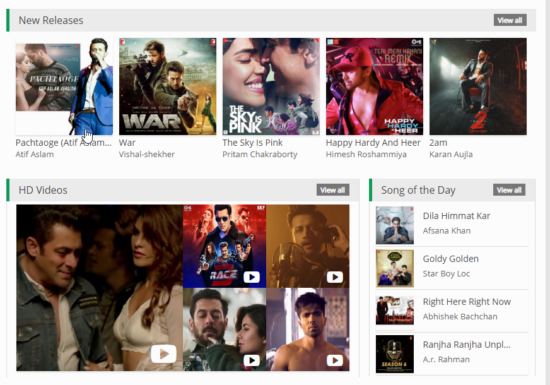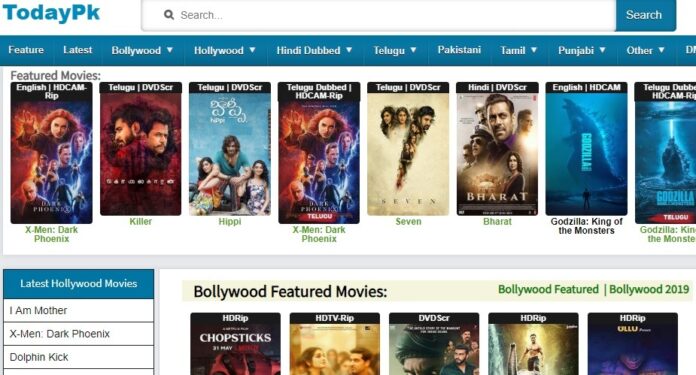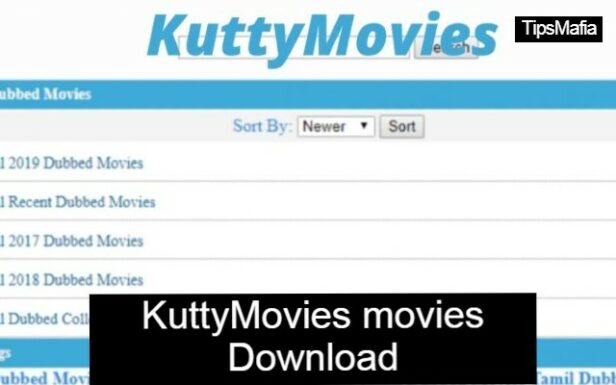Crawl reports in Google Search Console show you how Googlebot crawls your website. These reports can help you identify any crawling errors or issues that may be preventing Google from fully indexing your site. Here you will learn how to access these reports, what information they offer, and how they can help you optimize your site for better visibility and ranking on Google search results. Discover common issues found in “Crawl” reports and the importance of monitoring them to ensure your website is fully indexed. Stay on top of your website’s crawling activity with Google Search Console “Crawl” reports.
How to access “Crawl” reports in Google Search Console?
All Heading
To access the “Crawl” reports in Google Search Console, follow these steps:
- Log in to your Google Search Console account.
- Select the website you want to check.
- Click on the “Coverage” tab on the left-hand side.
- Select the “Crawl” tab.
What information do “Crawl” reports provide?
“Crawl” reports provide valuable information about how Googlebot is crawling your website. Some of the information you can find in these reports include:
- The number of pages crawled per day
- The status of the pages crawled (successful, redirected, error)
- The time taken to download a page
- The total number of URLs indexed
- The number of pages blocked by robots.txt
How can “Crawl” reports help you optimize your website?
“Crawl” reports can help you identify any crawling errors or issues on your website. By fixing these issues, you can improve your website’s overall visibility and ranking on Google search results. Here are some ways “Crawl” reports can help you optimize your website:
Identify crawling errors
Crawl errors can prevent Google from crawling and indexing your website properly. By identifying and fixing these errors, you can ensure that your website is fully indexed and appears in Google search results.
Monitor website changes
If you make changes to your website, it is important to monitor how Google is crawling and indexing those changes. Crawl reports can help you see if Google is able to crawl and index those changes properly.
Improve website speed
“Crawl” reports also provide information about the time taken to download a page. By optimizing your website’s speed, you can improve the crawling and indexing process, and ultimately improve your website’s ranking on Google search results.
Common issues found in “Crawl” reports
Here are some of the common issues that you may encounter in “Crawl” reports:
Soft 404 errors
Soft 404 errors occur when a page returns a 200 status code (successful) but does not have any content. This can confuse Google and negatively impact your website’s ranking.
Server errors
Server errors occur when Googlebot is unable to access your website due to a server error. This can prevent Google from crawling and indexing your website.
Redirect errors
Redirect errors occur when a page redirects to an error page. This can prevent Google from indexing the content on that page.
Conclusion
Google Search Console “Crawl” reports provide valuable information about how Googlebot is crawling and indexing your website. By monitoring these reports and fixing any issues, you can improve your website’s visibility and ranking on Google search results.












Recent Comments